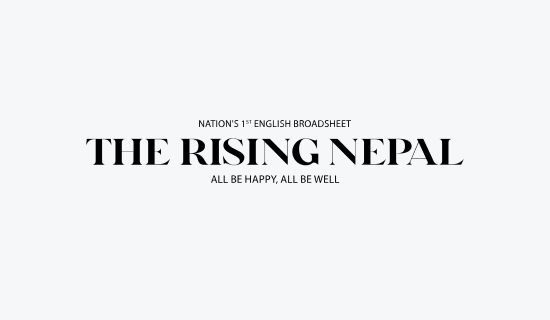- Wednesday, 10 December 2025
Evolution Of Beard
Facial hair has historically been a significant component of men's fashion, with its styles and cultural meanings changing over the ages. From ancient times when full beards signified power and wisdom, to the clean-shaven looks favoured in the 20th century that represented professionalism, the perceptions of beards have continually evolved. Today, facial hair often emphasises personal style and identity, reflecting a more accepting attitude towards different expressions of masculinity. Even the grooms these days grow their beards for their wedding days, which was unusual until a decade ago.
However, growing beards has not always been easy, particularly for Europeans during the pre-industrial era. Peter the Great, the ruler of Russia in the late 17th century imposed a ban on beards because he believed that Russia needed to modernise to align more closely with European standards. To enforce the ban, he imposed high taxes on anyone who defied his orders. Moreover, beards have not always been simply a fashion choice, they have historically represented social status and political ideology. In ancient Greece and Rome, different philosophical groups had distinct styles of beards: the Stoics sported large, full beards, the Epicureans maintained well-trimmed ones, and the Cynics wore scruffy, unkempt beards to express their disdain for societal norms and the physical world.
Throughout history, beards have often transitioned from being a symbol of the working class to a mark of the aristocracy. Notably, thinkers like Karl Marx, embody this trend with his wild and unkempt appearance, featuring a bushy black moustache and a broad, square beard. He was not alone; his contemporary Friedrich Engels also sported a long beard, as did the anarchist Peter Kropotkin. In contrast, Lenin was known for his goatee, while Stalin was typically seen with just a moustache. Additionally, both Fidel Castro and Che Guevara, influential figures in Cuban politics, were known for their beards. Mao Zedong, though a communist, is not seen with beard while Vietnamese communist leader Ho Chi Minh had long beards on his chin with a moustache. Normally, beards do not grow in the cheeks of Mongolians including the Rais and Limbus of Nepal.
In modern history, particularly after World War II, the global landscape underwent significant changes that influenced both fashion and political identities. The organised principles of the military affected everyday life. A generation of men and women, shaped by the lessons of war, constructed a robust society known as the Greatest Generation for a reason. The careless attitudes of previous decades were left behind. People took the time to shine their shoes and shave each morning. The clean-shaven look came to symbolise and differentiate the emerging middle class. With the practice of shaving, tools also evolved, from sickle to Chhura and blades to modern shaving machines of different sizes and qualities.
Then came the hippies, protesting against the Vietnam War and railing against injustice, the quintessential hippy of the 60s and 70s wasn't a beard radical but a bearded man calling for peace and love. Nonetheless, many of these groups claimed their heritage from communism and socialism, and thus, another generation of beard communists rocked the world's culture and society. Even in Nepal, communists were known to wear beards during the armed conflict. Prachanda, in particular, infamously sported a Marx-like beard throughout the insurgency. Eventually, he chose to trim his beard after the peace accord, which may provide insight into his personal views on beards and radicalism.
Despite beards being famous among communists and radicals. They have also been a part of European aristocracy. During the Middle Ages and the Renaissance, beards were a symbol of power, masculinity, and assertiveness. Many Archdukes of Austro-Hungary and tsars of Russia often wore a well-kept beard during their tenure. Painters and thinkers like DaVinci and Michelangelo also famously wore beards as a way to express their individuality and unconformity to societal norms. As the decades pass, beards appear to follow an ongoing cycle between the working and middle classes. At times, the beard symbolises distinction and social status. Then suddenly, it flips back to being a sign of working-class resistance. It's almost like Yin and Yang, the two sides cannot have the beard without it affecting the other.
The cyclical dance of the beard is a pulse of defiance more than just style. The beard reappears as a rebellious sign and not only a fashion statement as each generation rebels against its ancestors. The bearded rebel isn't just making a comeback, he's going viral thanks to today's digital media. The beard is positioned to become the standard-bearer for contemporary rebels, representing unadulterated, unfiltered dissent in a time of craving authenticity. And there are saints and sages, Rishis and religious leaders who always grow not only beards but also hair. Their beards symbolise knowledge and wisdom. Many of these bearded sages and saints who are now parading in the Kumbh mela of Prayagraj, India, will be in Kathmandu for Shivaratri in a fortnight.






-original-thumb.jpg)










